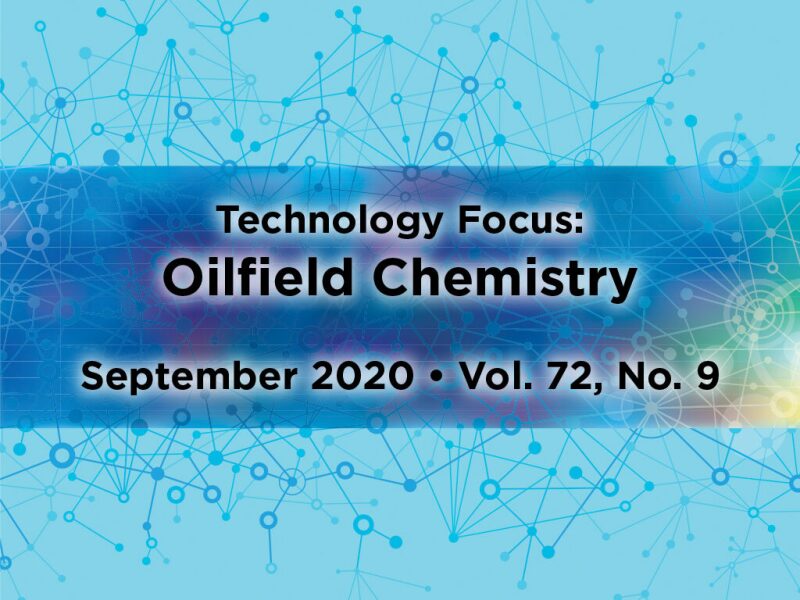Anyone who works in the oil and gas industry is aware of hydrogen sulfide (H2S) gas. This is a highly toxic gas that gives rise to “sour” production. H2S is highly corrosive to many common materials used by the industry (e.g., mild steels), and there often are strict fiscal and technical limits placed on upstream oil and gas producers by the midstream and downstream operators.
The origin of H2S can be authigenic (i.e., occurs in-situ and naturally in the reservoir, related to the biological origin of the organic matter that produces the crude oil and gas), or it can be caused by biological processes and the action of sulfate-reducing bacteria (e.g., during seawater flooding and contamination of the reservoir).
The concentration range of H2S that occurs can vary from a few parts per million (ppm) to many tens of percent of the raw gas production. The range of concentrations that may be treated economically by chemical H2S scavengers is typically up to 5,000 ppm (0.5%). Higher concentrations may be treated by other means such as amine recycling unit sequestering systems.
The industry has relied upon the triazine family of chemistry for several decades as the mainstay scavenger for H2S (originally patented in the 1990s), and the understanding of the application parameters and reaction byproducts has grown over the years. There is, however, still much to understand, and, even recently, several significant advancements have occurred, many focusing on some of the understood challenges of using triazine chemistry. The featured papers and suggested further reading summarize the current SPE literature state of the art for H2S scavenger research and development and have been selected to give readers a broad indication from both academia and industry around the world.
This Month's Technical Papers
Environmentally Preferable Smart Chemicals Improve Production, Performance
Study Explores Effects of H2S Scavenger Byproducts on Carbon Steel
Liquid-Redox Process Used for Sulfur Removal on an FPSO
Recommended Additional Reading
SPE 193536 H2S Scavenger Development During the Oil and Gas Industry Search for an MEA Triazine Replacement in Hydrogen Sulfide Mitigation and Enhanced Monitoring Techniques Employed During Their Evaluation by Grahame Taylor, Clariant, et al.
OTC 29812 Optimization Algorithm of Hydrogen Sulfide Scavenging Process in the Oil Production Industry by Fabio Carvalho de Souza, UFRJ, et al.

| Jonathan Wylde, SPE, is the head of global innovation at Clariant Oil and Mining Services in Houston and an honorary associate professor at Heriot-Watt University. He holds a BS degree in geology and a PhD degree in physical chemistry from the University of Bristol, UK. Wylde is the author of more than 175 papers and holds several patents. He serves on the JPT Editorial Committee and on committees for the SPE International Conference and Exhibition on Oilfield Scale, the SPE International Symposium on Oilfield Chemistry, and the SPE Annual Technical Conference and Exhibition. Wylde is also a technical editor for SPE Production & Operations and SPE Journal. He can be reached at jonathan.wylde@clariant.com. |


